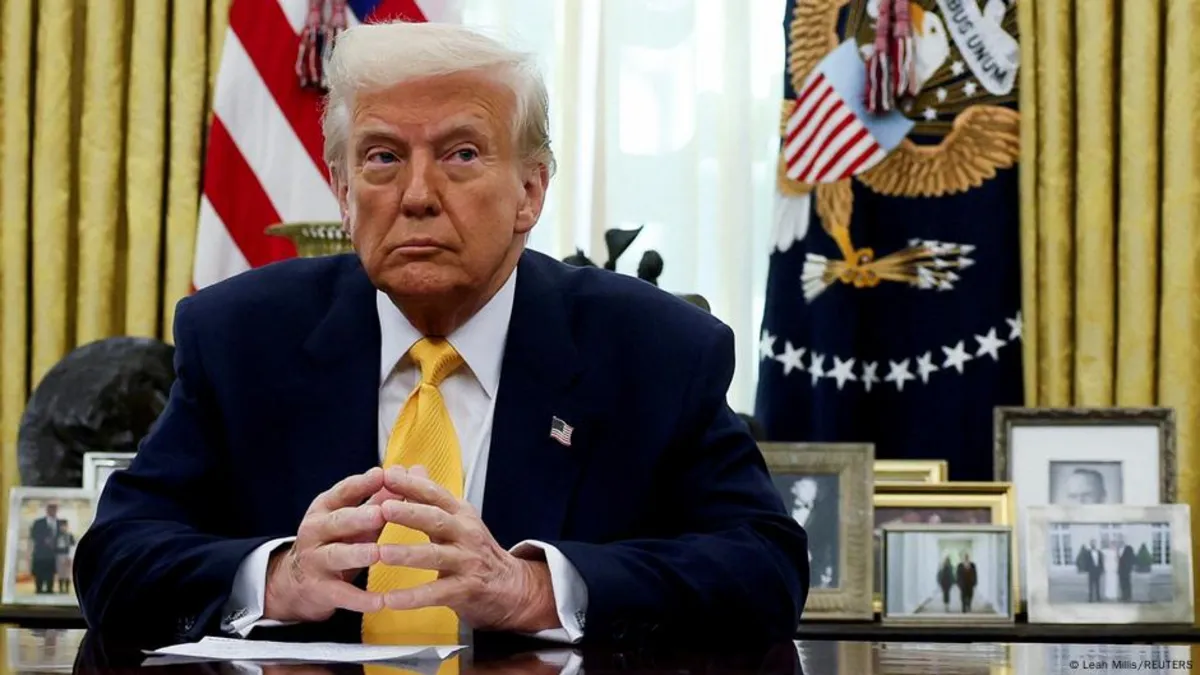
In a recent statement, US President Donald Trump announced that his administration is nearing the end of an intelligence blackout concerning Ukraine. This development comes as Trump expresses optimism about upcoming discussions with Ukrainian officials in Saudi Arabia, stating, "We're going to make a lot of progress, I believe, this week."
During his remarks, President Trump hinted at a forthcoming minerals agreement between Ukraine and the United States. He emphasized the importance of this deal, saying, "They will sign the minerals deal but I want them to want peace... They haven't shown it to the extent they should.” This statement underscores the administration's focus on fostering a peaceful resolution while enhancing economic ties through resource agreements.
In addition to discussing the minerals deal, Trump revealed that his administration is examining various options regarding tariffs on Russia. He downplayed concerns over military exercises involving Russia, China, and Iran, asserting that these activities do not pose a significant threat at this time. The discussions in Saudi Arabia are expected to address these complexities as US officials prepare to meet with a Ukrainian delegation.
According to a report by the Stockholm International Peace Research Institute (SIPRI), Ukraine has emerged as the world's largest arms importer more than three years following Russia's full-scale invasion. The data reveals that Ukraine accounts for a staggering 8.8% of the total global imports of heavy weapons, which include vital military assets such as tanks, fighter jets, and submarines.
In comparison, India ranks second with 8.3%, followed by Qatar and Saudi Arabia, both at 6.8%, and Pakistan at 4.6%. The SIPRI report indicates that at least 35 countries have contributed to Ukraine's arms imports, with the United States being the largest supplier, accounting for 45% of the total. Germany and Poland follow at 12% and 11% respectively.
It is important to note that the SIPRI data reflects the volume of arms deliveries rather than their financial value. Due to the significant fluctuations in delivery volumes from year to year, the researchers have opted to analyze five-year periods, comparing the current span from 2020 to 2024 with the previous period of 2015 to 2019.
As the situation in Ukraine continues to evolve, the discussions in Saudi Arabia and the implications of these arms imports will play a crucial role in shaping future US-Ukraine relations and regional stability.